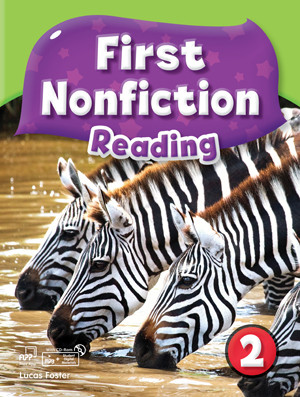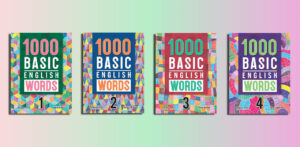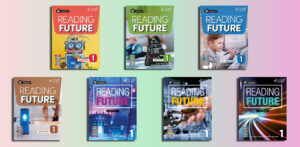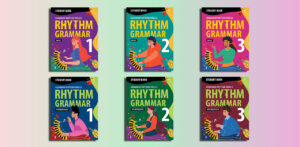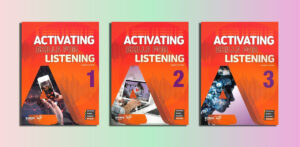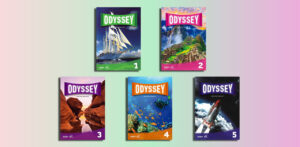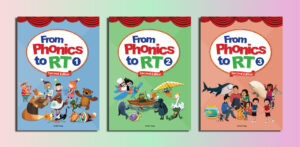Compass, Download, Online iTools
Download Compass First Nonfiction Reading Pdf Audio (Pre A1)
First Nonfiction Reading (PDFs, Resources)
Level 1
First Nonfiction Reading 1.pdf – Sample: Click
Answer Key.doc | Audio.zip | ETC.pdf | Final Test.doc | Lesson Plan.doc | Midterm Test.doc | Review Test.doc | Syllabus.doc | Teacher’s Guide.pdf | Transcripts en.doc | Translations.doc | Word List.xls | Word Test.doc
Level 2
First Nonfiction Reading 2.pdf – Sample: Click
Answer Key.doc | Audio.zip | ETC.pdf | Final Test.doc | Lesson Plan.doc | Midterm Test.doc | Review Test.doc | Syllabus.doc | Teacher’s Guide.pdf | Transcripts en.doc | Translations.doc | Word List.xls | Word Test.doc
Level 3
First Nonfiction Reading 3.pdf – Sample: Click
Answer Key.doc | Audio.zip | ETC.pdf | Final Test.doc | Lesson Plan.doc | Midterm Test.doc | Review Test.doc | Syllabus.doc | Teacher’s Guide.pdf | Transcripts en.doc | Translations.doc | Word List.xls | Word Test.doc
Overview of “First Nonfiction Reading” by Compass Publishing
Contents
| ✅ Coursebook: | First Nonfiction Reading |
| ✅ Author: | Lucas Foster |
| ✅ Publisher: | Compass Publishing |
| ✅ Levels: | Pre A1 |
| ✅ English type: | International English |
| ✅ Skill: | Reading |
| ✅ For: | Primary |
| ✅ Publication year: | 2016 |
“First Nonfiction Reading” by Compass Publishing is a three-level series crafted for young learners at the emergent to beginner stages (Pre-A1 CEFR level). Authored by Lucas Foster, it bridges phonics and reading through realistic fiction passages inspired by school subjects, effectively combining elements of fiction and nonfiction.
Key Features:
- Engaging Content: Features realistic fiction passages covering diverse nonfiction topics, making learning both educational and enjoyable.
- Supportive Design: Vibrant illustrations and intuitive design enhance contextual understanding and reader engagement.
- Vocabulary Development: Units focus on three vocabulary types and natural English expressions, fostering fluency and comprehension.
- Skill Integration: Encourages skill-building by incorporating sentence structures from reading passages into speaking and writing tasks.
This series is a valuable tool for young learners as they embark on their journey into nonfiction reading, providing structured content with clear learning goals.
First Nonfiction Reading 1
Who is suitable for “First Nonfiction Reading”?
- Young Learners: Specifically designed for students at the emergent to beginner stages of English learning (Pre-A1 CEFR level).
- Early Readers: Ideal for children transitioning from phonics to reading simple texts.
- Nonfiction Beginners: Suitable for those new to nonfiction, as it introduces realistic fiction passages with educational themes.
- Integrated Skill Development: Perfect for students who need to build reading, speaking, and writing skills simultaneously.
- ESL/EFL Students: A great resource for English learners in non-native environments looking for engaging and structured content.
This series works well in classroom settings or as part of a supplementary learning program at home.
First Nonfiction Reading 2
The benefits of “First Nonfiction Reading”
- Smooth Transition to Reading: Helps young learners progress seamlessly from phonics to reading, building foundational literacy skills.
- Educational Engagement: Combines realistic fiction with nonfiction topics, making reading both fun and informative.
- Enhanced Vocabulary: Focuses on developing three types of vocabulary and natural expressions, improving language fluency.
- Skill Integration: Encourages the practical use of learned sentence structures in speaking and writing, fostering comprehensive language development.
- Improved Understanding: Colorful illustrations and thoughtful design support contextual comprehension, making it easier for learners to grasp new concepts.
- Adaptability: Suitable for various learning settings, including classrooms and self-study, providing flexibility for teachers and parents.
- Encourages Curiosity: Topics spanning multiple school subjects stimulate curiosity and interest in learning.
- Digital Support: Offers free downloadable resources and mobile-friendly digital materials, enhancing accessibility and convenience.
This series equips young learners with the tools to build confidence in reading while fostering a love for learning.
First Nonfiction Reading 3
Effective teaching and learning strategies for “First Nonfiction Reading”
For Teachers:
Pre-reading Activities:
- Vocabulary Preview: Introduce key vocabulary before reading to enhance comprehension.
- Visual Aids: Use the book’s colorful illustrations to predict and discuss the topic.
Guided Reading:
- Read passages aloud with students, modeling proper pronunciation and intonation.
- Ask comprehension questions after each section to ensure understanding.
Interactive Discussions:
- Discuss the nonfiction topics in relation to students’ real-life experiences.
- Use open-ended questions to encourage critical thinking and engagement.
Integrated Skill Practice:
- Incorporate sentence structures from the text into speaking and writing exercises.
- Use group activities like role-playing or storytelling to reinforce language use.
Frequent Review:
- Reinforce learned vocabulary and expressions through games, flashcards, or quizzes.
- Revisit challenging parts of the text with simplified explanations.
For Students:
Active Participation:
- Engage in discussions and ask questions to clarify doubts.
- Practice reading aloud at home to build fluency.
Use of Supplementary Materials:
- Access free downloadable resources and digital tools for additional practice.
- Complete workbook exercises to reinforce learning.
Independent Exploration:
- Relate nonfiction topics to personal interests, encouraging further reading outside the classroom.
- Use a vocabulary journal to track and review new words.
Pair and Group Work:
- Practice speaking and writing activities in pairs or small groups to gain confidence.
- Collaborate on creative projects, like making posters or mini-presentations about the topics.
General Strategies:
- Consistent Feedback: Provide constructive feedback on reading, writing, and speaking activities.
- Gamification: Incorporate fun games and activities to maintain interest and motivation.
- Progress Tracking: Use tests or mini-projects to assess and celebrate progress, boosting learner confidence.
By combining these strategies, teachers can maximize the effectiveness of First Nonfiction Reading and support students in achieving their language learning goals.




